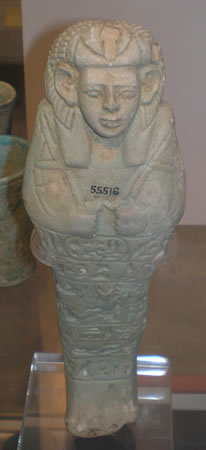Life
Nasalsa was a daughter of Atlanersa, the sister-wife of Senkamanisken, and the mother of Kings Anlamani and Aspelta as well as of Queen Madiqen. [1] [2]
Anlamani's stela (Kawa VIII) has a passage describing Nasalsa being called and finding her son on the throne:
- Now the king's mother Nasalsa, may she live forever, was amongst the royal sisters. The royal mother, sweet of love, was the mistress of all the wives. His Majesty sent companions in order that she may be brought. She found her son appearing like Horus on his throne. She was very greatly joyful after she saw the beauty of His Majesty. [3]
Aspelta's Adoption stela refers to Nasalsa as the King's Sister, the King's Mother, Mistress of Cush, and Daughter of Re. The inscription states that Nasalsa was the daughter of King's Sister, the Adoratrix of Amen-Re at Thebes Amenirdis. The relationship is likely one through adoption, because the Adoratrix in Thebes was thought to be celibate. The mention of "Daughter of Re" was the first time a Queen of Kush had used that title. [4]
The Chaliut Stela from Gebel Barkal B500 describes Nasalsa as being "as Isis was with Horus" when stating that Aspelta was on the Horus throne. [5] This could mean that Nasalsa was a regent or co-regent. [5]
This page is based on this
Wikipedia article Text is available under the
CC BY-SA 4.0 license; additional terms may apply.
Images, videos and audio are available under their respective licenses.
